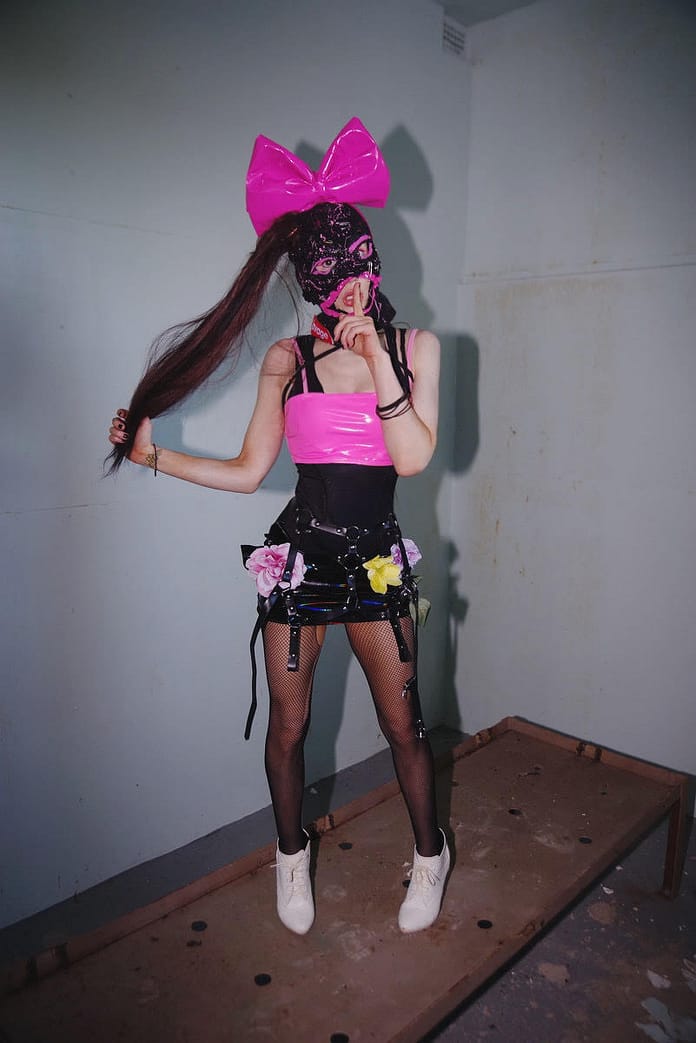From Festival Stages to GoFundMe Campaigns: How Lexa Terrestrial‘s Surgery Gone Wrong Became Her Most Urgent Musical Statement
One way to describe Lexa Terrestrial‘s song “Die Young” is like looking through an old picture book. Each moment is real, personal, and tinged with a sad ache.
Lexa Terrestrial’s most recent song, “Die Young,” is a powerful call to action covered in a heavy mix of hip-hop and electronic dance music (EDM).
The beats on this song by MacBeats are pulsing, and underneath them is a scary story about surviving in a healthcare system that fails people who need it the most.
Lexa Terrestrial’s music is based on her own life story, which gives its themes a realness that can only come from having lived through them. The close call with death she had because of a mistake in surgery changed her in many ways, both emotionally and artistically.
The record “Die Young” came out just a few days before one of the most controversial times in modern healthcare policy. It seems strangely prophetic. Was it fate? Random event? Or maybe the stars are aligning to make voices that need to be heard louder? No matter what, Lexa’s writing hits home, especially for people who have felt abandoned by systems that were supposed to protect them.
Lexa’s singing sounds like it came from someone who has lived every word she says. It seems almost impossible that she has opened up for Hopsin, Lil Xan, and Logic when you consider that she is currently fighting a rare neurological breathing condition while wearing masks that are both fashion statements and lifelines.
Lexa Terrestrial’s fight with her rare neurological breathing problem began when she almost died during surgery. She continuously chokes, has trouble breathing, and feels pain in her lungs, throat, and jaw because of this event that changed her life so much. After surgery to fix her septum, she developed Empty Nose Syndrome (ENS).
Due to the high cost of medical care, she has had to think about money many times during her trip. She has talked to doctors all over the world, but her insurance will not pay for the surgery she needs to save her life if it is done in another state. This is why she set up a GoFundMe page.
The goal is to get enough money to pay for the surgery she needs, which could make her feel better. She makes art out of being vulnerable in a strangely beautiful way, like Frida Kahlo did with drawing vivid scenes of pain.
Behind the shocking story is a shocking statistic: every year in the U.S., medical misconduct takes more than 200,000 lives, making it the third leading cause of death.
These cold numbers are brought to life in Terrestrial by the author’s own experience, which is similar to that of many others who have been stuck in a maze of insurance rejections, wrong diagnoses, and medical gaslighting.
Visualized by Fernando De La Cruz, The movie makes this conflict even stronger by using sharp images to show how medical wrongdoing hurts people. But here’s the cool part: Die Young is not just about sadness.

Somewhere in the stifling words and dark images is a spark of hope. Lexa’s GoFundMe effort for treatment that could save her life shows how people can work together to make things better.
As I listened, I could not help but think of The Trial by Kafka, in which the government system turns into a maze that no one can successfully escape. A lot of the time, patients feel like Josef K. did—trapped in a web of papers, rejections, and delays.
But Lexa offers a glimpse of hope, unlike Kafka’s dark picture: if we tell these stories, maybe someone will listen.
In the end, Die Young makes you feel uneasy, but is not that the point? While the last note dies, art should still question, shock, and stay with you.
Lexa Terrestrial has done more than just make music. She has begun a discussion. Talking to each other can change the world if you let them.

